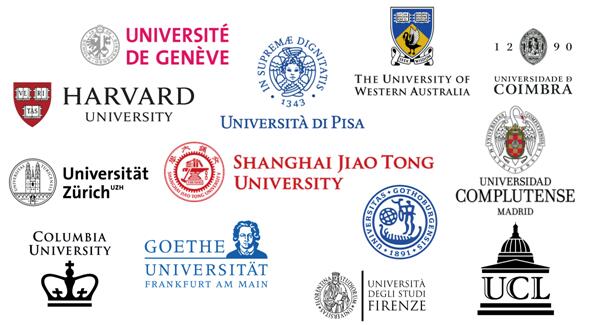Will artificial intelligence reverse the trend?, By 2030, there will be a 13% labor shortage in the global healthcare industry. Artificial intelligence | healthcare | labor
The medical industry is undergoing significant changes. At the 2023 World Artificial Intelligence Conference, a third-party market research report from GE Medical, a globally renowned medical equipment and device company, showed that healthcare professionals in multiple countries around the world experience occupational burnout, with 61% of clinical doctors believing that artificial intelligence can support clinical decision-making. 66% of Chinese doctors recognize that artificial intelligence can be used in the medical field, ranking first among surveyed countries. Doctors and patients worldwide are calling for the establishment of a more humane and caring service system to meet more medical needs.
The World Health Organization previously predicted that there will be a global large-scale labor crisis in the healthcare industry, with a 13% labor shortage by 2030. In addition, the global population aged 60 and above is expected to reach 1.4 billion, which will lead to an already overwhelmed healthcare system carrying more burden.
GE Healthcare led a third-party market research report conducted from August to October last year in 8 countries including China, India, and New Zealand. The study randomly sampled 2000 clinical doctors, 5500 patients, and patient rights advocates to conduct an online double-blind survey. Research has found that many clinical doctors are in a period of occupational burnout. 42% of doctors consider giving up working in the medical industry, 44% do not appreciate gratitude from patients and family members, 39% lack a sense of achievement in their work, and 49% of clinical doctors have not experienced seamless medical technology in their medical institutions, leading to work duplication. On the patient side, 44% lack confidence in timely access to medical services, 42% lack trust in the healthcare system's ability to provide affordable medical services, and 37% lack confidence in obtaining the necessary treatment.
How to provide clinical doctors with greater satisfaction and sense of achievement in their work? What changes can data and technology bring to the healthcare system? Research has found that artificial intelligence is no longer just a promise for the future. 66% of Chinese doctors believe that artificial intelligence can be used in the medical field, ranking first in the surveyed countries. However, 55% of doctors worldwide still believe that artificial intelligence is not yet sufficient to be applied in the medical field, and 58% do not trust artificial intelligence data, with greater skepticism coming from clinical doctors with over 16 years of experience.
Establish a more humane and caring healthcare system, and conduct research in four directions. Firstly, shift from isolated to collaborative healthcare services. In the face of a highly differentiated healthcare system, providing high-quality medical services and creating a positive and efficient service experience require collaborative cooperation. Secondly, shift from centralized to flexible healthcare pathways. Due to constantly changing demands and increasing expectations, hospitals are facing great pressure to provide patients with the services they need in a more flexible manner at the time and place they need. Furthermore, shifting from manual to intelligent workflows. Low workflow efficiency is not conducive to providing efficient medical services, and teams need to learn to utilize interoperable smart devices and systems to make data-driven patient care policies. Finally, shift from regular to personalized medical services to meet the personalized needs of more patients.
In order to actively respond to the above trends, at this year's World Artificial Intelligence Conference, GE Healthcare, based on Edison Ecology 2.0, brought a series of digital overall solutions including intelligent devices, intelligent clinical, and intelligent management, empowering doctors to make more efficient and accurate diagnosis and treatment decisions in different medical scenarios, and achieving a comprehensive and precise medical ecosystem from disease screening, diagnosis, treatment to monitoring.
Chief Technology Officer Sun Xuguang's final introduction: Since the launch of Edison's digital medical intelligence platform in 2019, the "ecological circle of friends" built around it has continued to expand. Currently, it has introduced 36 partners and will further enrich the depth and breadth of artificial intelligence applications in the medical field. For example, expanding the service field of artificial intelligence from enhancing imaging, improving standardized ultrasound operation level, to intelligent operating room applications, accelerating the construction of integrated diagnosis and treatment capabilities, assisting the end-to-end intelligent development of clinical practice, solving the severe challenges of domestic medical resource shortage, imbalance, and low efficiency, and ultimately helping to achieve precision medicine.




